Keep Your Dog Cool & Prevent Heatstroke
Summer is upon us, and while we are all excited to make the most out of the warm weather and sunny days, our canine companions can often struggle in the heat. Whether you take them for a walk down the street, a ride in the car, or just out in the yard for a game of fetch, the heat can be hard on them. As such, it’s important to provide way to keep your dog cool in summer!
As temperatures rise, we will discuss the importance of keeping your furry friend cool and comfortable, the symptoms of heatstroke and the actions you should take, should they experience it.
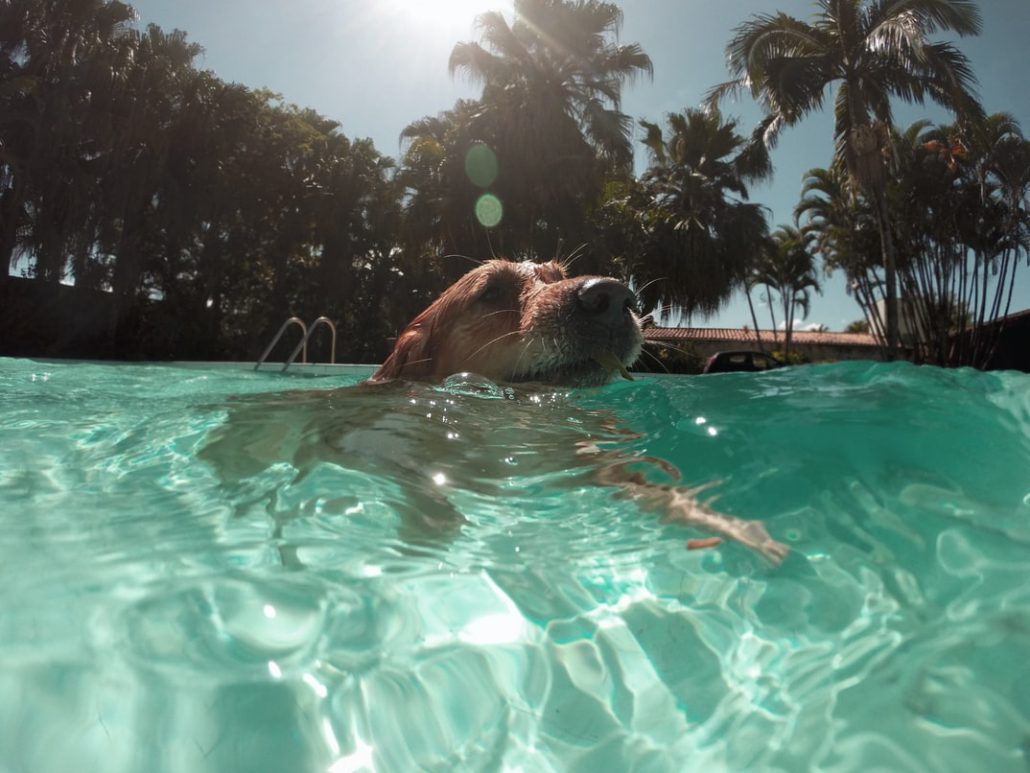
Heatstroke In Dogs
Unlike humans, dogs do not sweat. Unfortunately, their ability to cool off is very limited and must rely on panting and releasing heat through their nose and paw pads to keep themselves cool. However, on extremely warm days, these cooling mechanisms can become overwhelmed. If their body heat rises enough, they can experience heatstroke.
Heatstroke is life-threatening and can result in a number of serious complications. This includes lethargy, weakness, collapse, coma, brain damage and even death. Some dogs are more at risk of heatstroke than others, such as very old or very young dogs, dogs with thick and heavy coats, or dogs with short, flat faces.
Common heatstroke symptoms include:
- Heavy Panting
- Excessive drooling
- Lethargic, drowsy or uncoordinated
- Collapsing and seizures
- Vomiting
- dry or sticky gums
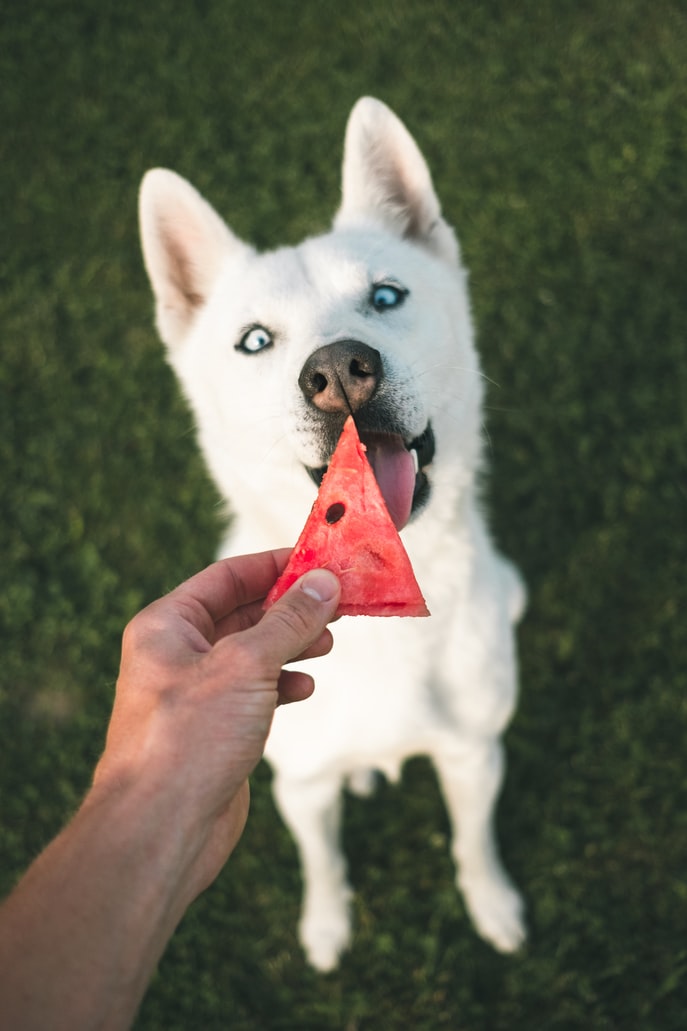
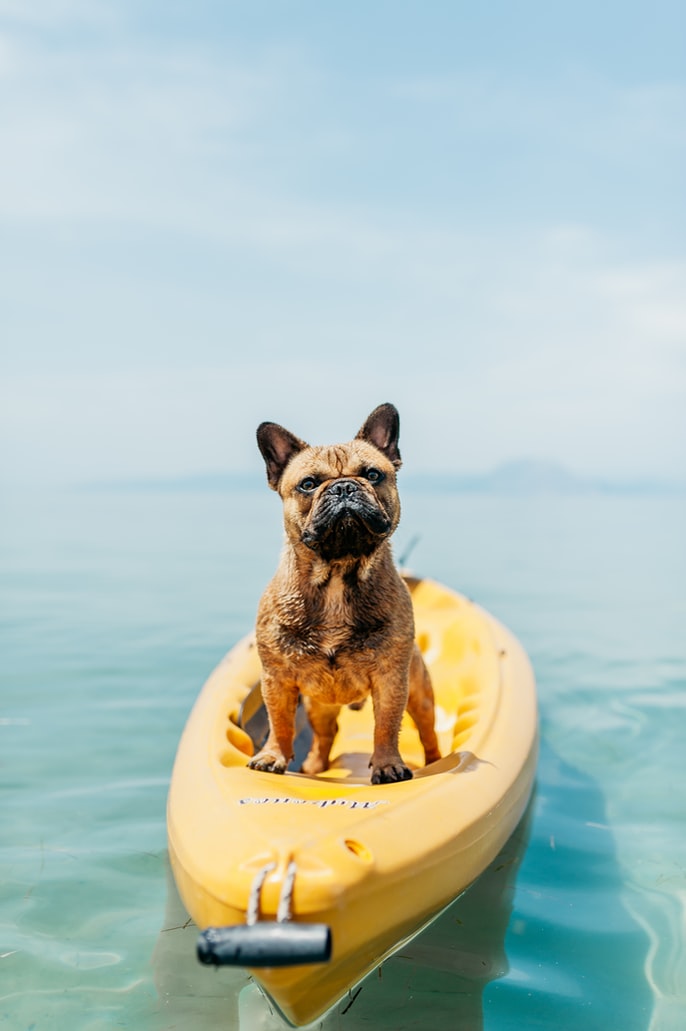
Heatstroke Risks
The most common cause of heatstroke or hyperthermia is leaving a dog in a car with inadequate ventilation. As they cannot cool off as effectively while sitting in a hot car, dogs can succumb to fatal heatstroke within minutes. Even if you feel that you will be a few minutes, cracking a window or parking in the shade will not keep your car at a safe temperature.
Dogs can suffer from heat exposure at home if they’re is too much direct sunlight without access to shade or water. Similarly, excited or excessively exercised dogs are at risk of heatstroke even if the environmental temperature and humidity do not seem high.
Heatstroke First Aid
No matter how hard you try, your furry friend may still suffer from heatstroke. However, heatstroke requires immediate medical attention as it is imperative that their body temperature be lowered in a safe and controlled manner. A dog that goes into heatstroke can go into shock and suffer irreversible organ damage if not treated quickly. Immediate action and appropriate care are critical since they can mean the difference between life and death.
The first step is to get your dog out of the heat immediately, whether this is to a shaded area or indoors. Cool water (not cold) can be poured over the head, stomach, armpits and feet. Similarly, cool cloths may be used but should be regularly replaced, because they can begin to retain heat if left on for too long.
Most importantly, you should contact your veterinarian right away. Professionals are then able to treat and provide the best advice for your companion’s survival.
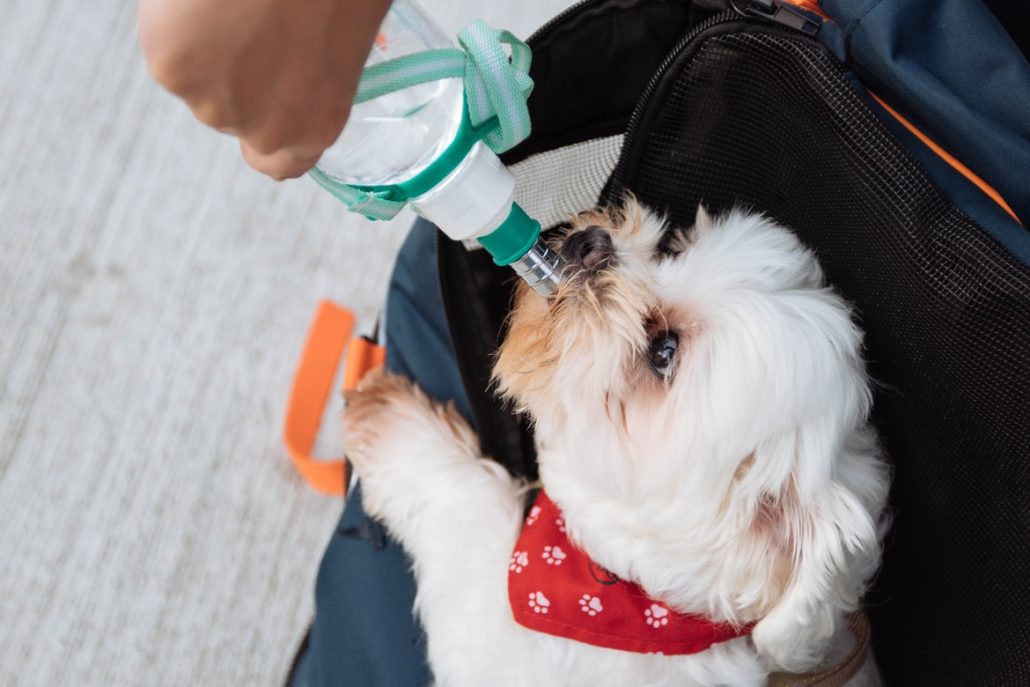
Tips to Keep Your Dog Cool
Prevention is the best medicine, and keeping your dog cool will reduce the risk of your dog suffering from heatstroke. As such, there are a number of ways to keep your pup cool, comfortable and happy through the hottest months of the year.
Keep Hydrated
One of the most important things to keep your dog cool is to encourage them to stay hydrated. This can be through fresh, clean drinking water or fun pet-safe treats such as popsicles or icicles.
When you are out and about always make sure to have a portable water bowl or squirt bottle to ensure they stay hydrated. If your pet begins to pant excessively, immediately take them to the shade and give them some drinking water.
Stick To The Shade
If you and your furry friend love to explore, it is recommended that you avoid direct sunlight and keep to shady spots as much as possible. Additionally, it is important to ensure your dog has enough shelter from the sun when they are at home.
While some dogs love to snooze in the sun, this is dangerous on a hot day. By encouraging them to lie in the shade is key to keeping them safe!
Be Aware Of The Weather
While it may not feel too hot for you, your pooch may suffer, especially when exercising. To prevent overheating, it may be beneficial to avoid walks, exercise and play during the hottest part of the day, and opt for early morning or late evening bonding.
It is important to remember that the pavements and roads can also become hot enough to burn a dog’s paws. By checking the temperature of the ground before setting off, you can save your pup from burning their feet. It the ground is too hot for your hands or feet; it is too hot for your pet!
Grooming
Many dogs shed their coats when summer sets in. Regular grooming ensures that all their winter coat is gone and help keep them cool. This is especially important for dogs with long, thick and heavy coats.
Depending on the breed of your dog, regular trims may help improve their body temperature. If you are unsure whether your pup may benefit from a summer cut, speak to your veterinarian. They will be able to help you determine what is best for your dog.
Avoid Heatstroke & Keep Your Pooch Happy
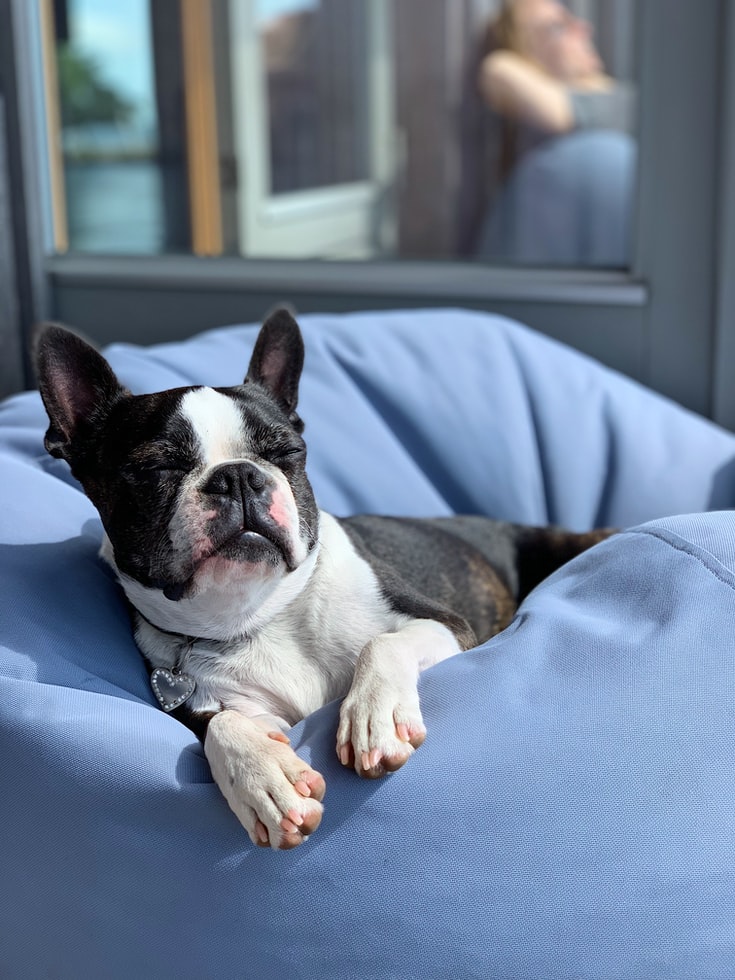
Summer can be both a wonderful and dangerous time for your pet. While non of us ant to give us those gorgeous summer days, being aware of the dangers of heatstroke, and ways to keep you dog cool will ultimately keep your pet safe. One of the most important things to remember is that dogs need lots of water when it’s hot out, as well as plenty of shade and
Your furry friend’s lifelong health and happiness begins with you. As your local veterinarian, let the experts at The House Call Vet help you keep your dog healthy during the dog days of summer!
Standard Clinic Consult are from 8am to 6pm and our House Call Consults are from 7 am to midnight. Open 7 days a week, we are there for you and your pet, no matter what level of care they need.

